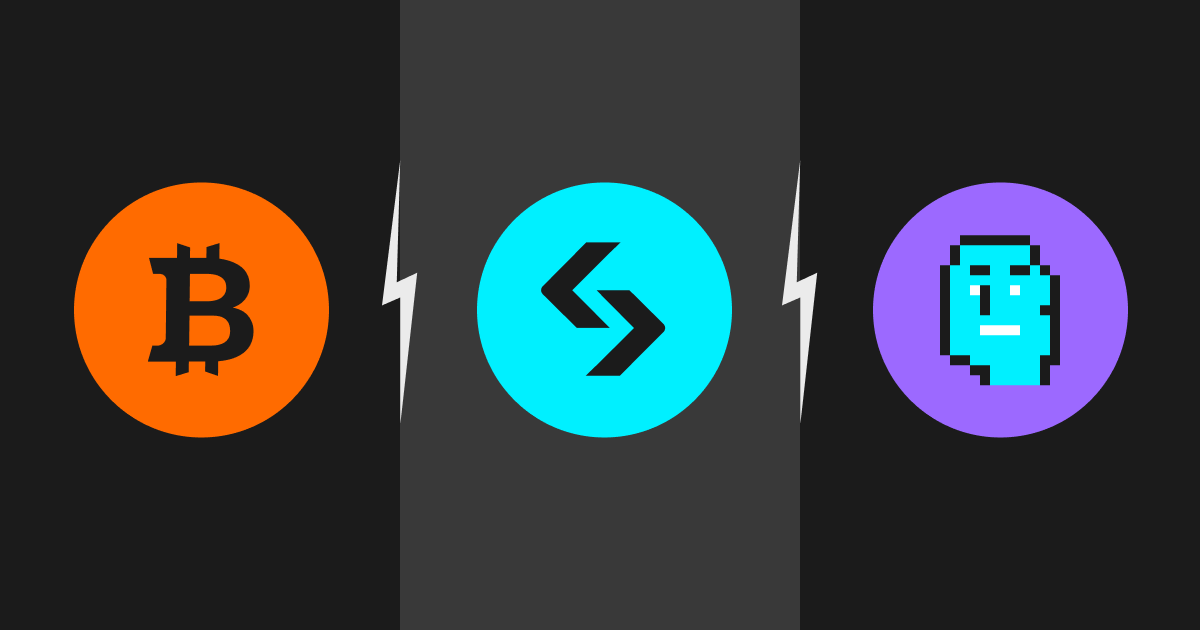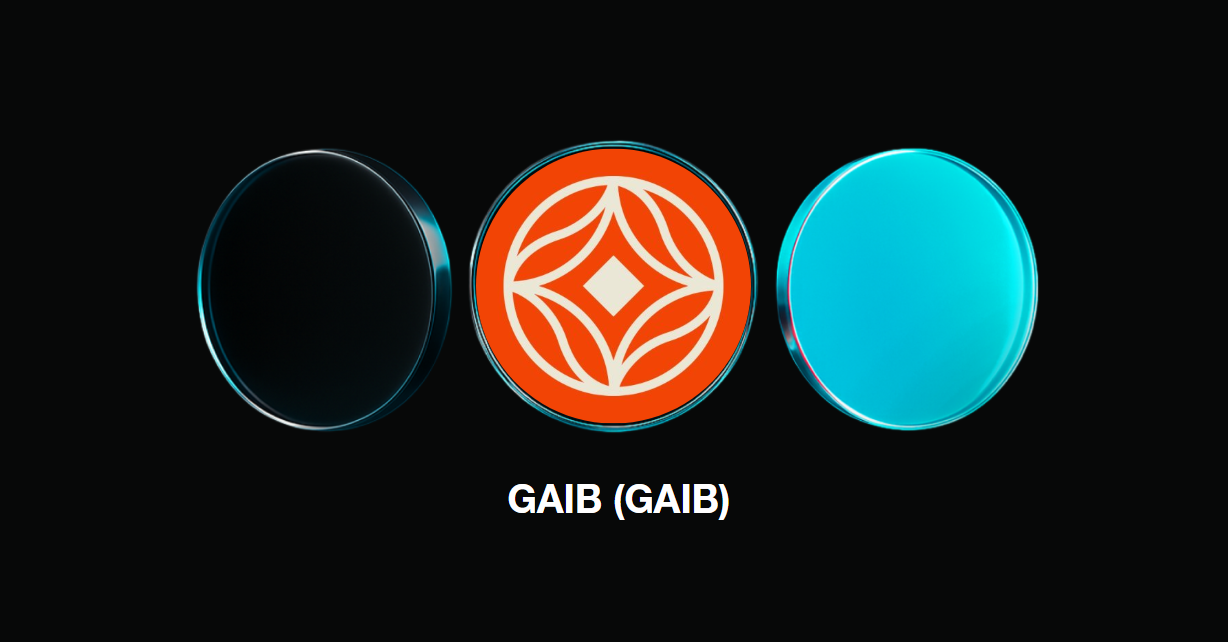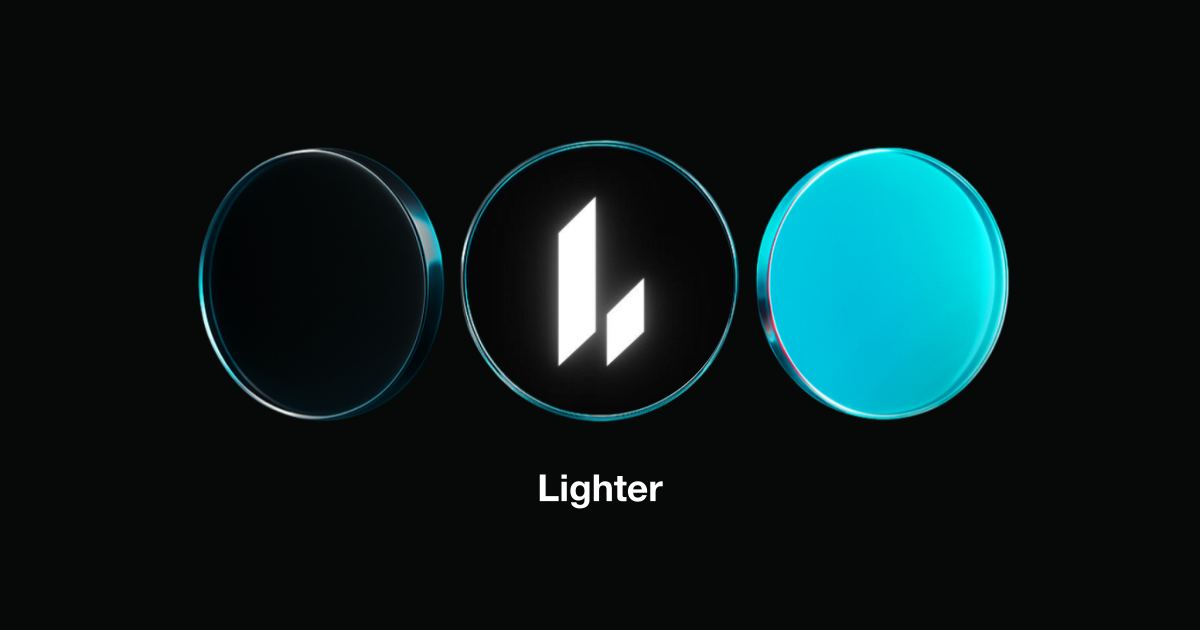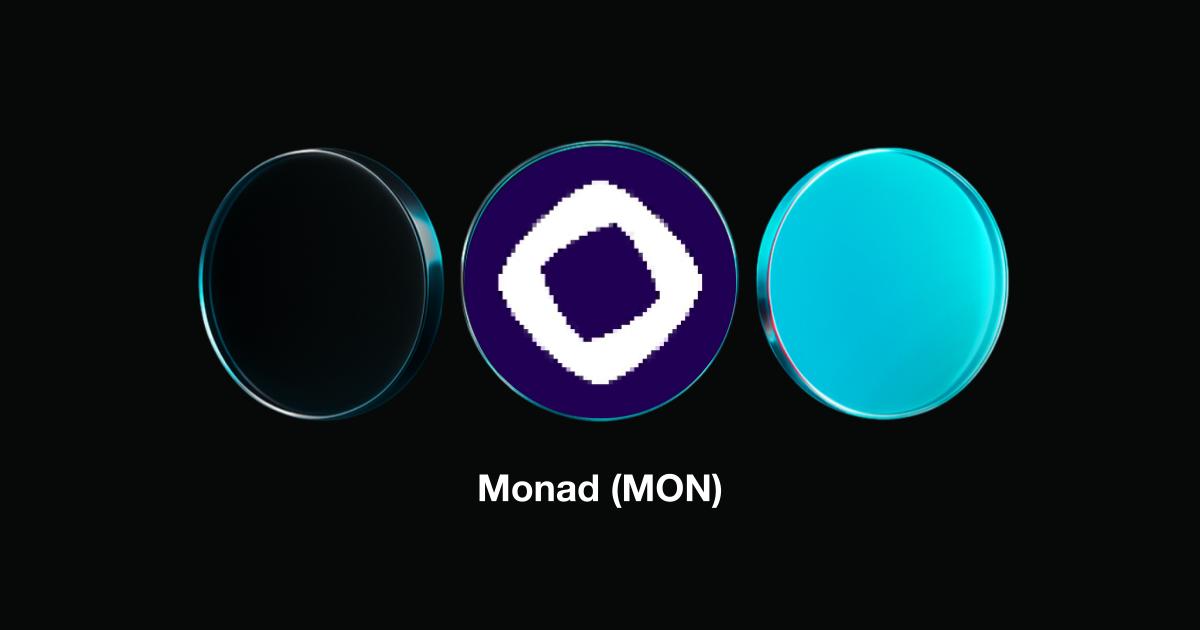New Listings

Crypto101: Coin vs. Token vs. NFT
Beginner
2022-07-09 | 5m
Crypto, NFT, Tokens...almost everyone is familiar with these terms. But not everyone knows what they really are. If you are interested in the development of the Blockchain, or just don’t want to be outdated, we highly recommend spending a few minutes going through these common terms in 2023. Your future may be deeply influenced by them.
What are Crypto, Token and NFT?
The definition of Crypto Coin
Crypto is decentralized digital money. Its creation and management are controlled by cryptography. The underlying technology behind cryptocurrencies is Blockchain, which is a data storage technology that prevents anyone from changing the data stored on the Blockchain.
Unlike Fiat like USD in the real world, there is no centralized authority or server to manage the account and verify transactions on the Blockchain. Instead, they are run by thousands of computers distributed around the world. Transactions are verified by network nodes through cryptography and recorded in a public distributed ledger.
Example:
BTC is the first
cryptocurrency. The issuing of BTC depends on the mechanism of the BTC network, rather than the third party.
The definition of Tokens
Token is an application of the Blockchain technology, but tokens have no their own Blockchain like the
Bitcoin network. They operate on Blockchains like
Ethereum, which supports the function of smart contracts, which is actually a computer program that can be executed automatically when the criteria set in the contract is fulfilled. When a token is exchanged, it is physically moved from one place to another.
As a result, it allows users to issue tokens without building up a Blockchain ecosystem. Tokens can be divided into fungible and non-fungible.
Tether is a kind of fungible token based on the Ethereum Blockchain which is linked to the value of USD.
The value of e ach USDT token is the same, while the value of each non-fungible token is not, as they have greater usage, which is not only as a unit of account like crypto or token. Example: USDT.
The definition of NFT
NFT(Non-Fungible Token) is the proof of ownership of a digital asset recorded on the Blockchain.
There is no effective way to protect the rights of digital assets like videos, photos or digital art creations before the application of NFT. People may copy and paste easily. Creators have to spend a huge legal cost to protect their rights of ownership.
But in an NFT, it contains ownership details for easy identification and transfer between holders. A unique identifier is added to each unit. This means each unit of that asset is different from all the other units - this characteristic is called non-fungible.
The data of an NFT is stored on the Blockchain, which can’t be changed by any people easily. Each token is unique and irreplaceable.
With the application of NFT, people can carry out the transactions of digital assets with other people through the internet. NFT has encouraged more people to create valuable digital assets.
Example: CryptoPunks is one of the famous and expensive NFT collections on the Ethereum blockchain. The project was launched in June 2017 by the Larva Labs studio. The value of CryptoPunk #5822 is $23.7million.

CryptoPunk #5822 sold for a record-breaking 8,000 ETH, $23.7 Million. Source: Larva Labs
Similarities and Differences between Crypto and Token
NFT is a form of tokens. Both crypto and tokens are applications of Blockchain technology. While they share many similar features, they are completely different things.
Similarities
Distributed: All the data, account and transaction records of both crypto and token are stored on the Blockchain, which is distributed in thousands of nodes around the globe, rather than a central server. The security of the data is ensured.
Decentralization: Both crypto and token are a peer-to-peer system that can be transferred without any intermediates.
Immutable: All the data of both crypto and token is stored on the Blockchain, which can’t be changed easily unless the 51% attack is raised, which requires a huge cost.
Differences
|
|
Crypto
|
Token
|
|
Function
|
Crypto acts as money, such as a medium of exchange, store of value and unit of account.
For example, ETH is paid for the execution of a smart contract.
|
The fungible token like USDT can be used like crypto as an unit of account. But tokens have a greater variety of usage, like NFT is the proof of ownership of an asset, identity management, or the proof of specific rights of a platform, like voting rights in a Dao.
For example, Top Shot is an NFT m arketplace for buying, selling, and trading video ownership of different NBA moments.
|
|
Fungibility
|
Fungible, there is no difference between each Bitcoin. The value of each Bitcoin is completely the same.
|
Can be fungible or Non-fungible. Fungible tokens like USDT are similar to Bitcoin, there is no difference between each USDT.
But each NFT is unique and irreplaceable. Just like the value of each Crypto Punks is different.
|
Just take an example, crypto and fungible tokens are similar to the concept of money. The value of every 100 USD note is completely the same.
The NFT is similar to stamps. The design of each stamp may be different. The identical and special differences sometimes make its value reach over millions of dollars.
Disclaimer: All products and projects listed in this article are not endorsements and are provided for informational purposes only. This article is for educational purposes only and is not intended as investment advice. Qualified professionals should be consulted prior to making financial decisions.
Share

How to buy BTCBitget lists BTC – Buy or sell BTC quickly on Bitget!
Trade nowRecommended
We offer all of your favorite coins!
Buy, hold, and sell popular cryptocurrencies such as BTC, ETH, SOL, DOGE, SHIB, PEPE, the list goes on. Register and trade to receive a 6200 USDT new user gift package!
Trade now

